
Stop washing produce the wrong way with these 10 mistakes
In today’s increasingly health-conscious society, making sure our fruits and vegetables are truly clean and safe to eat has never been more essential. While most people know that washing produce is important, countless “hacks” and home remedies circulating online can actually do more harm than good. Some methods strip away nutrients, promote spoilage, or even introduce harmful substances to your food.
Learning the correct way to clean your produce not only extends its shelf life but also protects you and your family from foodborne illnesses. Surprisingly, many people make small but significant mistakes that compromise both cleanliness and safety. This guide highlights eleven common produce-washing mistakes, explains why they matter, and offers practical, science-backed solutions for keeping your fruits and vegetables as fresh and safe as possible.
1. Avoid Washing Berries in Advance
Berries—such as strawberries, blueberries, and raspberries—are delicate and highly perishable. Washing them too early exposes them to excess moisture, which encourages mold growth and rapid spoilage. The best approach is to rinse them gently under cold running water right before eating. Use a colander to avoid bruising, and carefully pat them dry with a clean towel.
If you need to prepare them ahead of time, make sure they are completely dry before refrigerating. Arrange them in a single layer on a paper towel–lined tray to absorb moisture and keep them fresh longer. Adding a breathable container lid can also prevent condensation buildup.
2. Don’t Soak Mushrooms
Mushrooms act like tiny sponges—they absorb water quickly, which can make them soggy and less flavorful. Soaking also washes away natural nutrients and dulls their earthy aroma. Instead, wipe mushrooms with a damp cloth or soft brush to remove dirt. If you must rinse, do so briefly under cold water and dry them immediately with a towel.
Properly cleaned mushrooms maintain their firm texture during cooking, allowing them to brown beautifully rather than steam in excess moisture.
3. Soak Leafy Greens Instead of Just Rinsing
Leafy greens like spinach, kale, and lettuce often trap soil and small insects that simple rinsing won’t remove. Fill a large bowl or clean sink with cold water, submerge the greens, and gently swirl them to loosen dirt. Let them soak for a few minutes, then lift the leaves out—don’t pour them out, as this stirs up sediment.
Rinse again under running water and use a salad spinner to remove moisture. Proper drying prevents wilting and helps greens stay crisp in the refrigerator.
4. Scrub Apples to Remove Wax
Most store-bought apples are coated in a thin layer of edible wax to preserve freshness and shine. Unfortunately, this coating can trap bacteria and pesticide residue. Scrub the surface gently with a soft-bristled produce brush under cold running water.
For a deeper clean, create a natural cleansing paste by mixing two tablespoons of baking soda with one cup of water. Rub this mixture over the apple’s skin, then rinse thoroughly. This not only removes wax but also any chemical traces left from handling and transport.
5. Skip Soap or Detergents
It may seem logical to use soap to wash away contaminants, but this is a serious mistake. Soaps and detergents are not meant for human consumption and can leave toxic residues that fruits and vegetables easily absorb through their porous skins.
Instead, rely solely on clean, cold water. For firm produce such as melons, cucumbers, or carrots, use a dedicated produce brush to scrub off dirt and bacteria. This simple method is both safe and highly effective.
6. Always Use Cold Water
Cold or lukewarm water is ideal for washing produce—it removes dirt and bacteria without damaging texture or flavor. Hot water can cause delicate fruits and vegetables to soften or break down prematurely.
When cleaning clusters such as grapes, cherries, or cherry tomatoes, fill a bowl with cold water, swirl gently, and rinse before drying. You can even add a splash of vinegar for extra antibacterial protection.
7. Beware of “Viral Hacks” That Don’t Work
The internet is full of viral cleaning tricks, from bleach baths to alcohol sprays—but many are ineffective or downright dangerous. Using chemical cleaners or household disinfectants can contaminate your food and lead to serious health risks.
Stick with tested, food-safe techniques recommended by reputable health organizations such as the FDA or CDC. As a general rule, if a hack seems too miraculous to be true, it probably is.
8. Try Vinegar or Baking Soda Solutions
For an extra level of cleanliness—especially with conventionally grown produce that may have more pesticide residue—try soaking fruits and vegetables in a vinegar or baking soda solution. Mix one part white vinegar with three parts water, soak for 10–15 minutes, then rinse thoroughly.
Alternatively, dissolve one tablespoon of baking soda in a large bowl of water and soak your produce. Both options help neutralize bacteria and remove pesticide films while remaining natural and safe for consumption.
9. Dry Produce Properly
Never skip the drying step. Excess moisture encourages bacterial growth and mold, particularly on soft fruits and greens. Pat produce dry with a clean kitchen towel or paper towels. Use a salad spinner for leafy greens to remove trapped water quickly.
Drying also enhances texture—berries stay firm, herbs remain vibrant, and greens stay crisp for longer storage.
10. Handle Pre-Washed Produce with Care
Pre-washed, ready-to-eat vegetables are convenient, but they’re not risk-free. Contamination can occur during packaging or handling. If you’re cautious, a quick rinse before eating adds an extra layer of safety.
If you choose not to rinse again, make sure your hands, utensils, and storage containers are clean and dry. Always refrigerate these products promptly after opening.
11. Don’t Skip Washing Organic Produce
Many assume that organic fruits and vegetables are automatically clean because they’re grown without synthetic pesticides. However, dirt, bacteria, and microorganisms can still be present from soil, handling, or transport.
Treat organic produce the same way you would non-organic varieties—wash, soak, and dry them properly. Doing so ensures safety while allowing you to fully enjoy the natural benefits of organic farming.
Final Thoughts
Washing fruits and vegetables might seem like a simple task, but small adjustments can make a huge difference in hygiene, taste, and longevity. Whether you buy organic or conventional produce, handle it carefully, use safe cleaning techniques, and always dry it well.
By adopting these mindful habits, you’ll reduce your risk of illness, cut down on food waste, and enjoy fresher, healthier meals every day. Clean produce isn’t just a health choice—it’s a lifestyle commitment to eating well and living well.
News in the same category

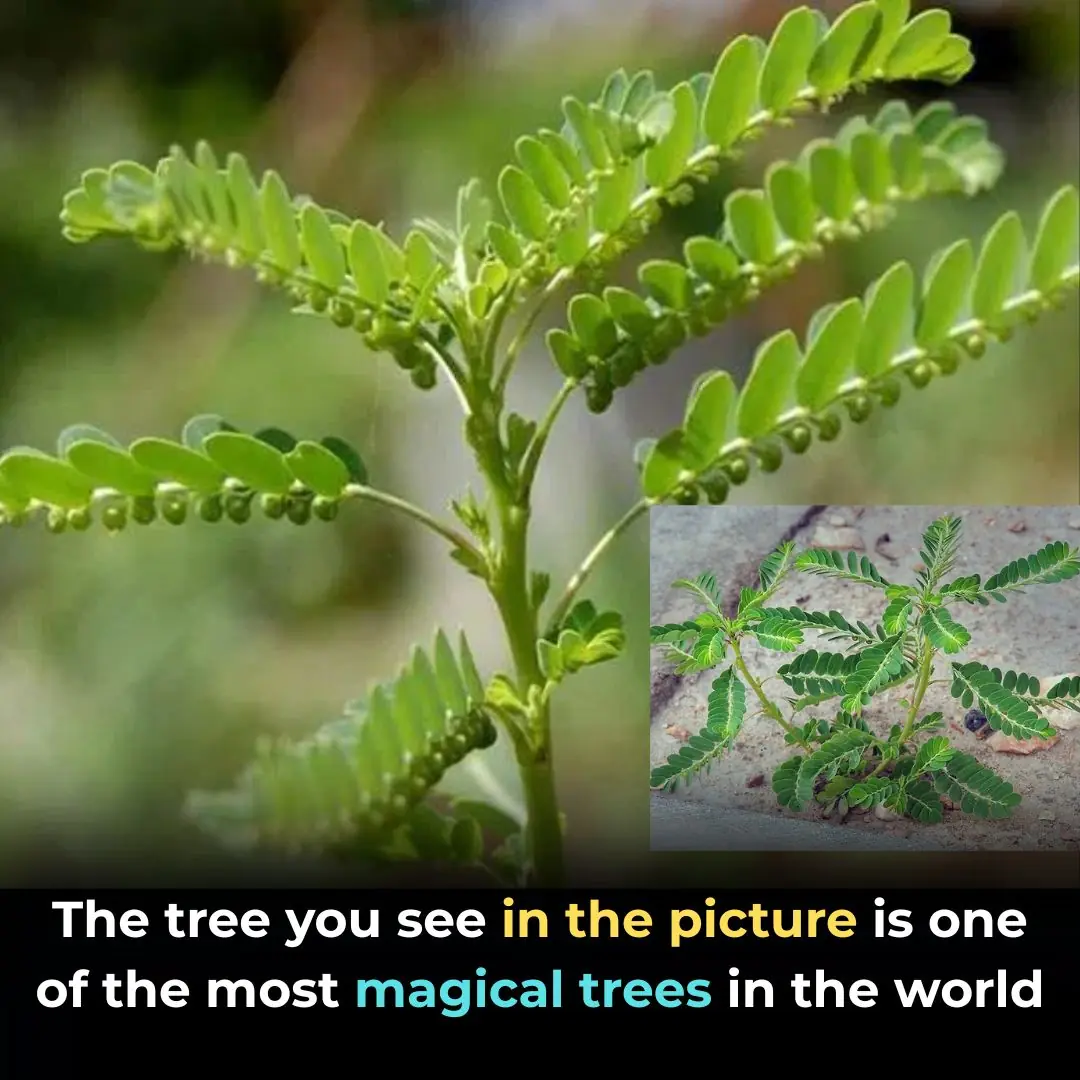
Serrated Leaf Motherwort: A Precious Herb with Many Benefits

Banana flowers and their little-known uses
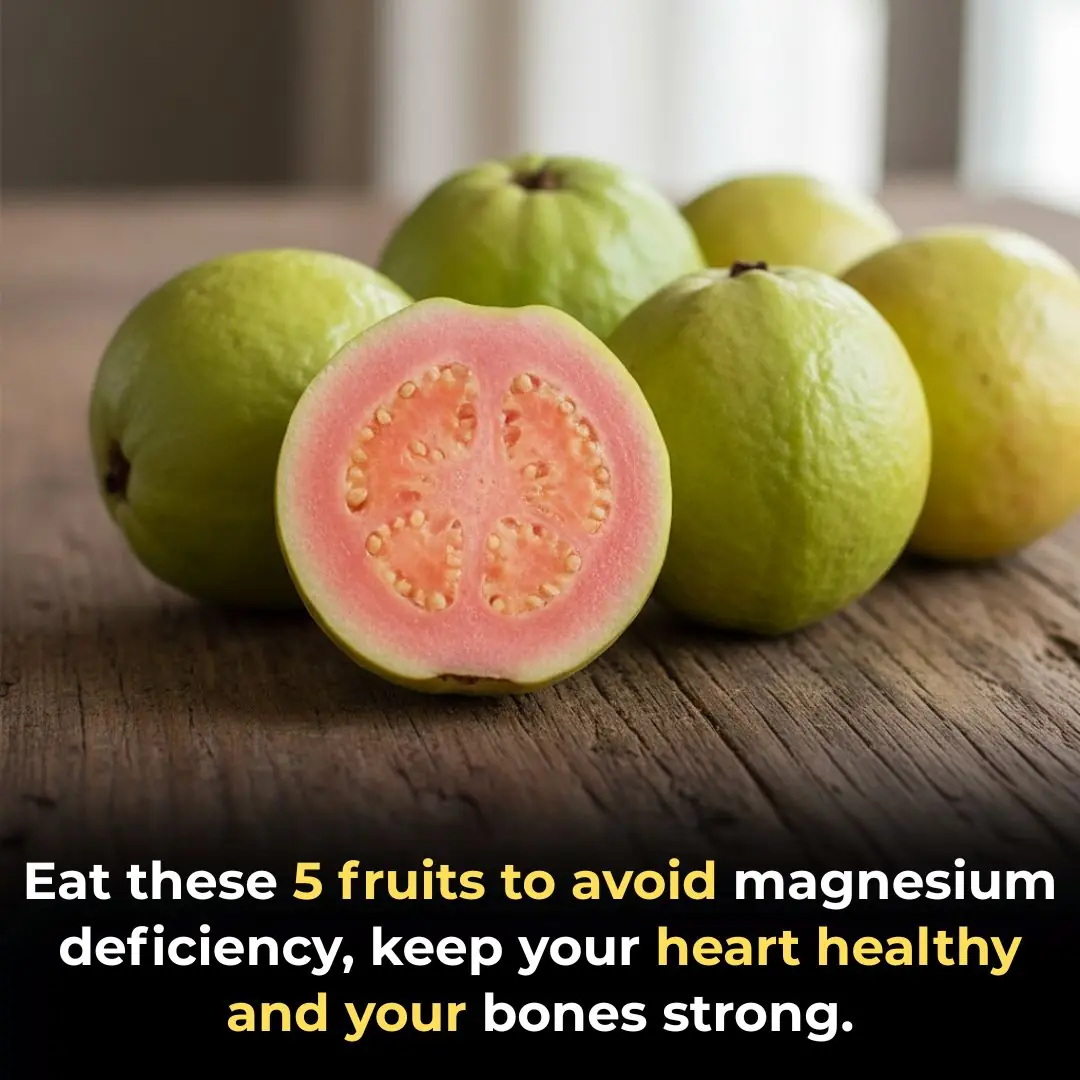
Eat these 5 fruits to avoid magnesium deficiency, keep your heart healthy and your bones strong.
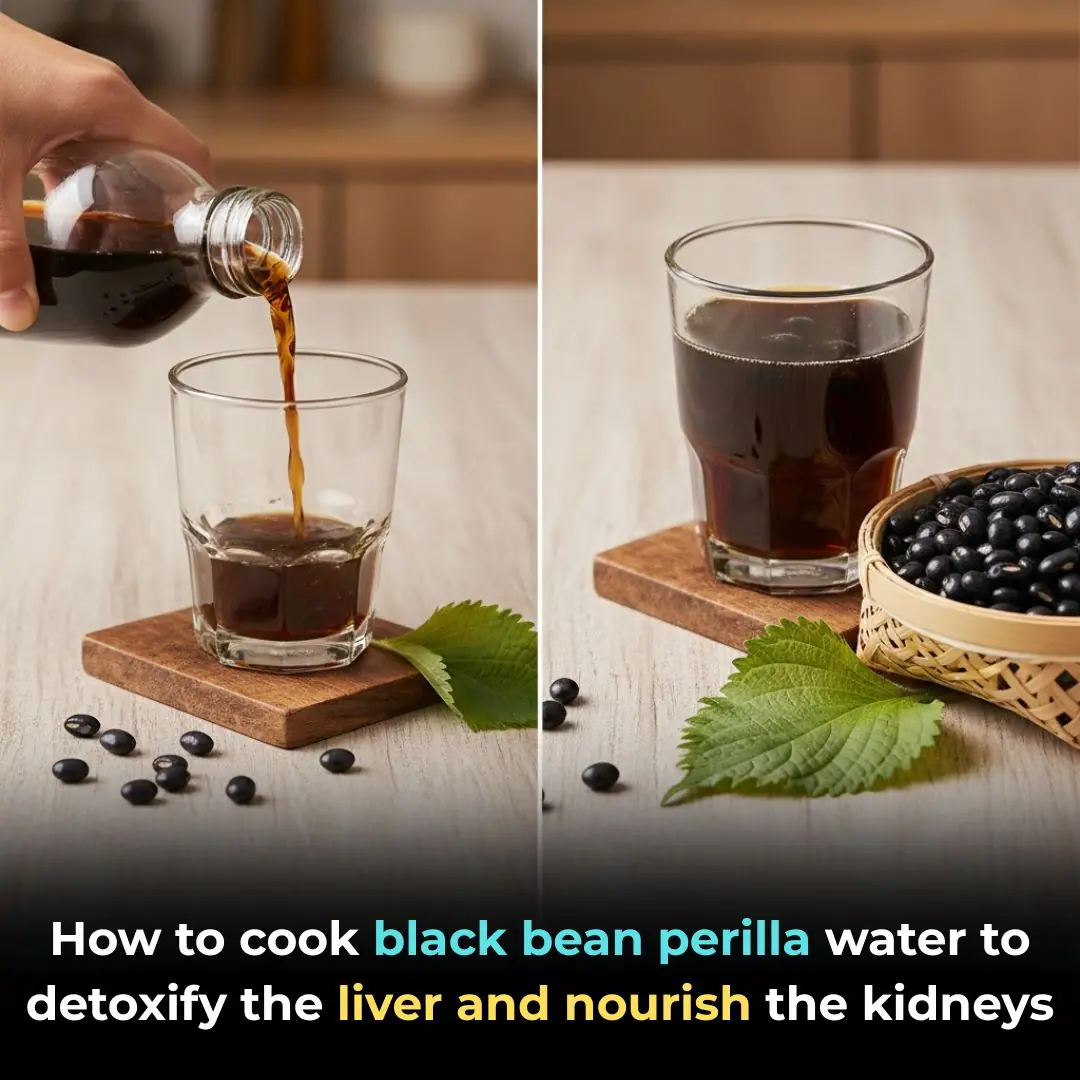
How to cook black bean perilla water to detoxify the liver and nourish the kidneys

A miracle will happen with a handful of seeds under the bed, unfortunately it's just now
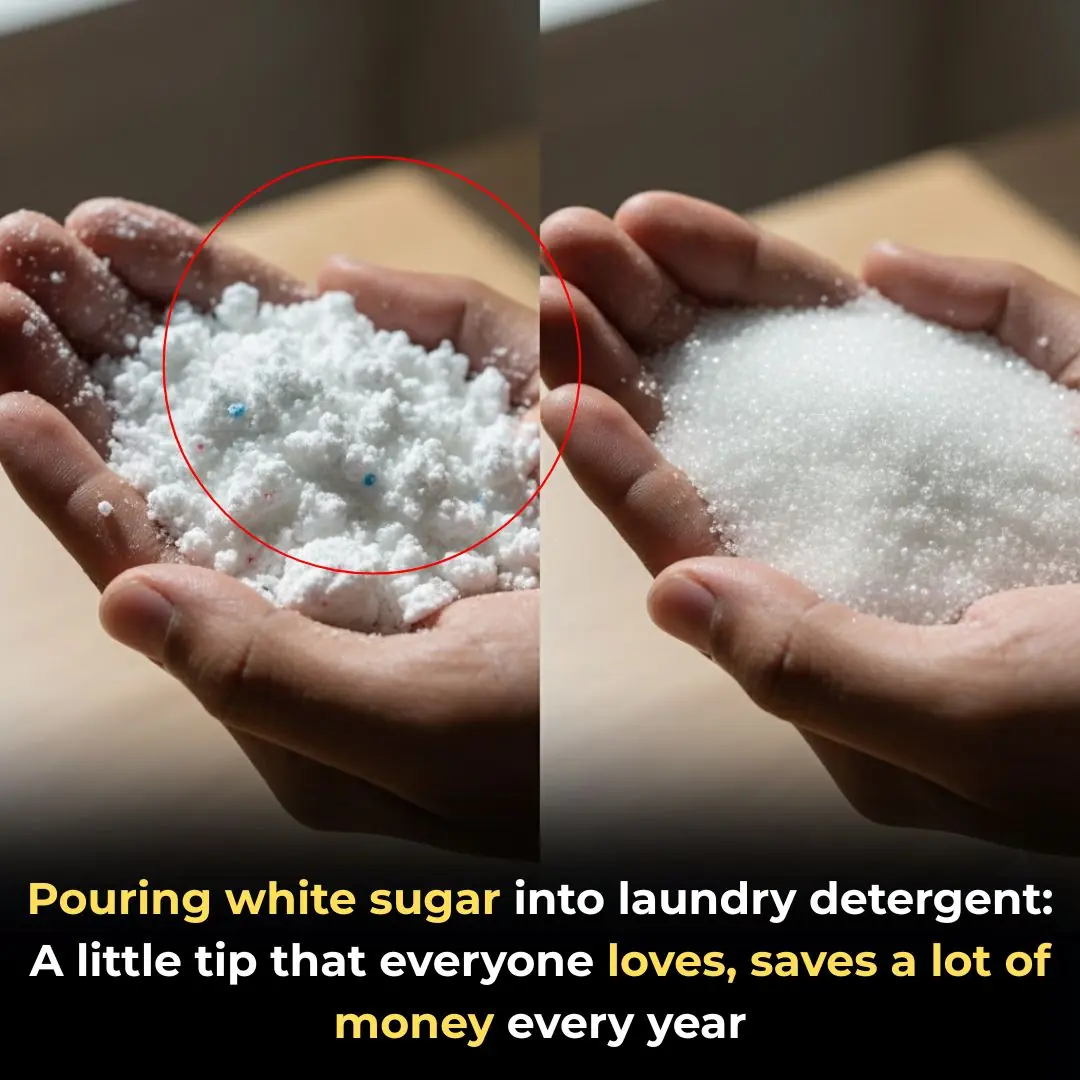
Pouring white sugar into laundry detergent: A little tip that everyone loves, saves a lot of money every year

Tips for dealing with moldy and peeling walls: Simple, inexpensive, any house can do it
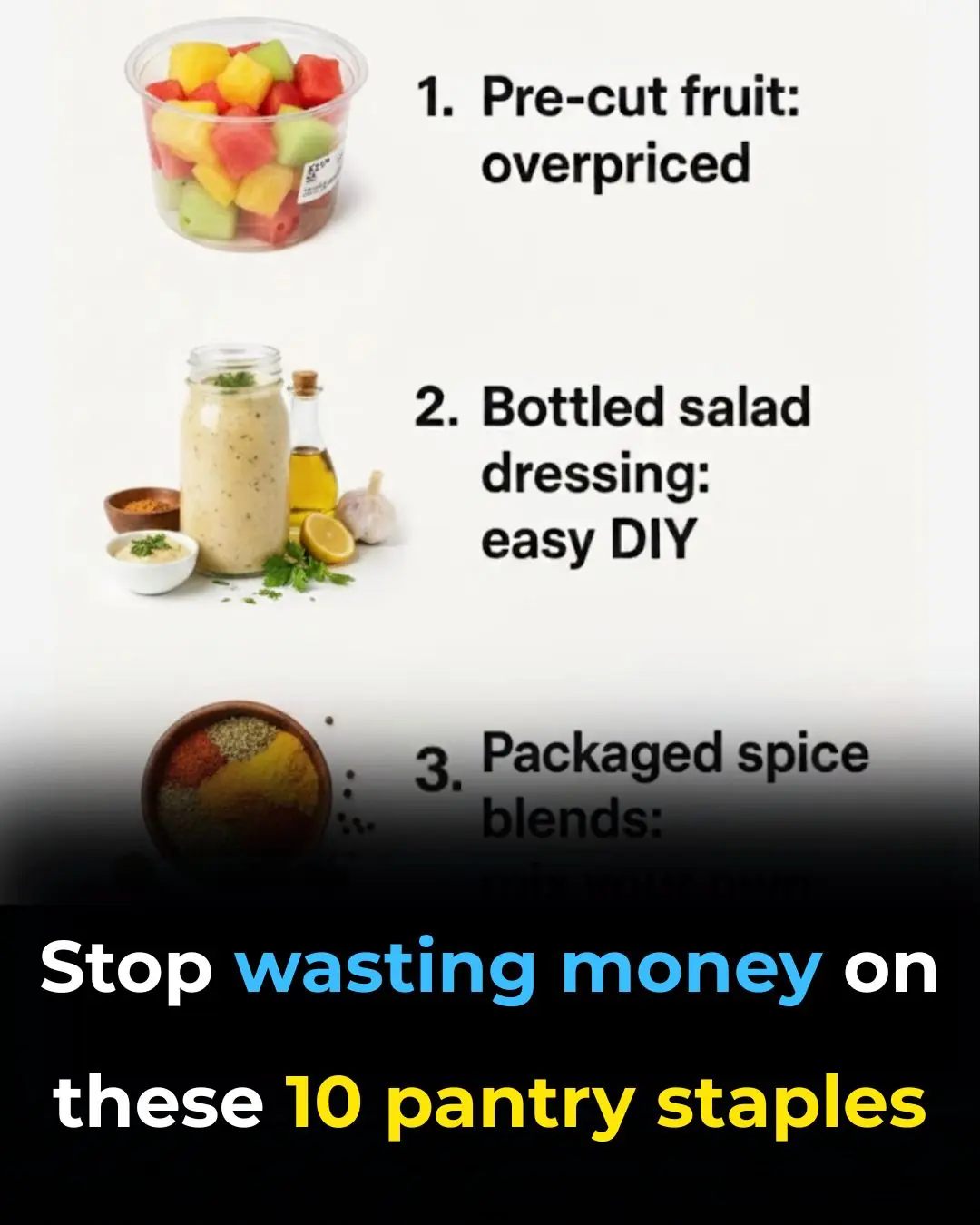
Stop wasting money on these 10 pantry staples
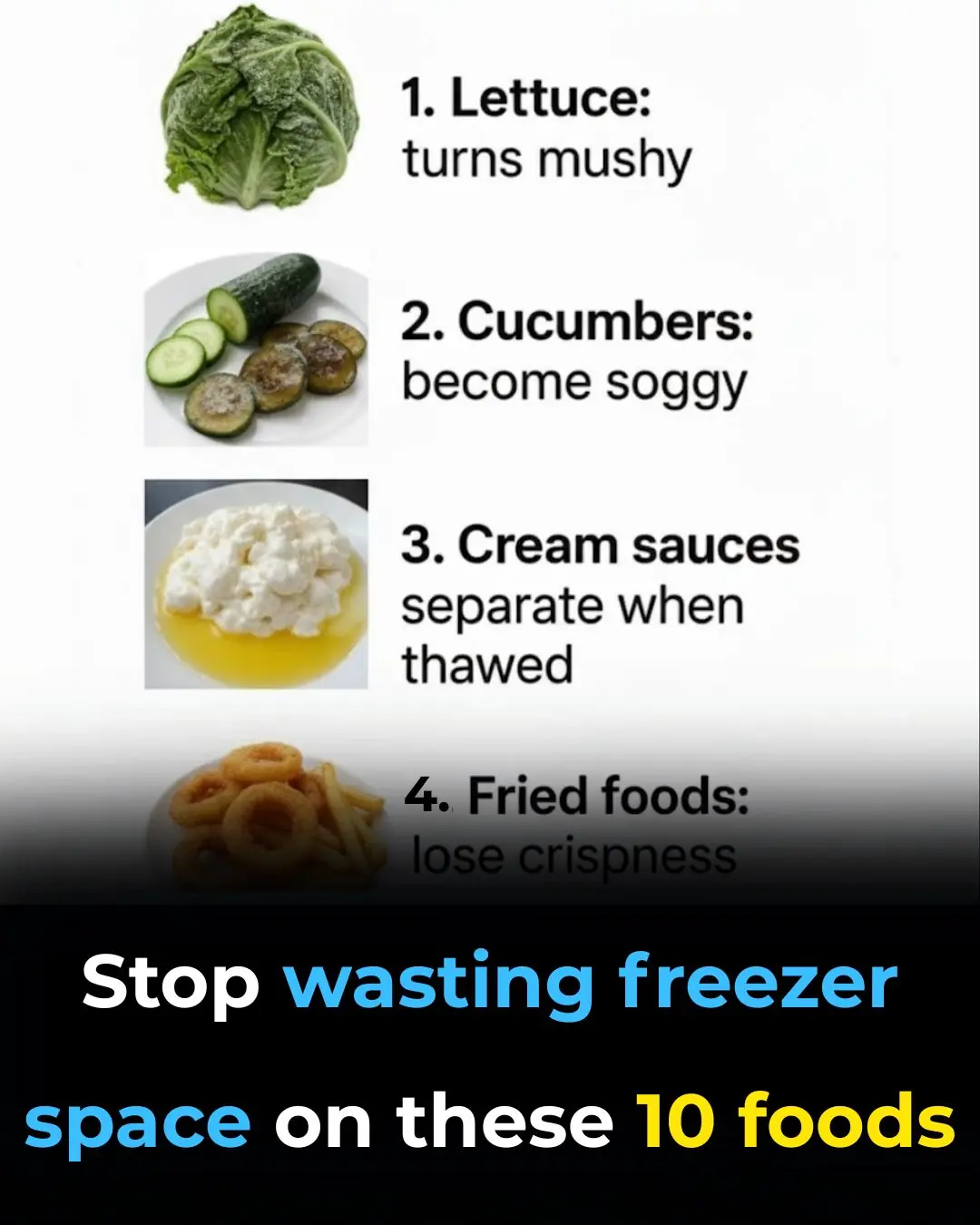
Stop wasting freezer space on these 10 foods
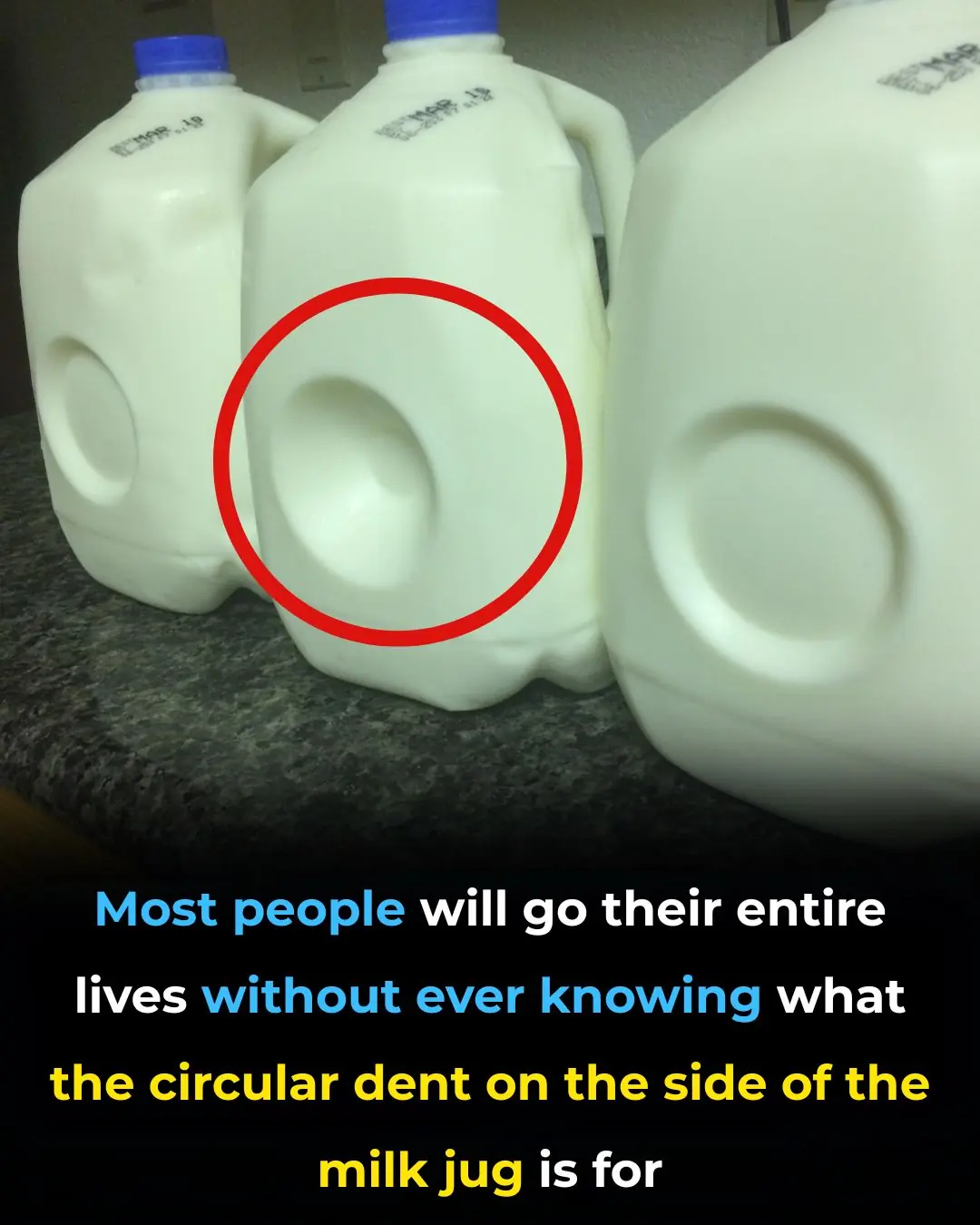
Whoa, this completely flew under my radar
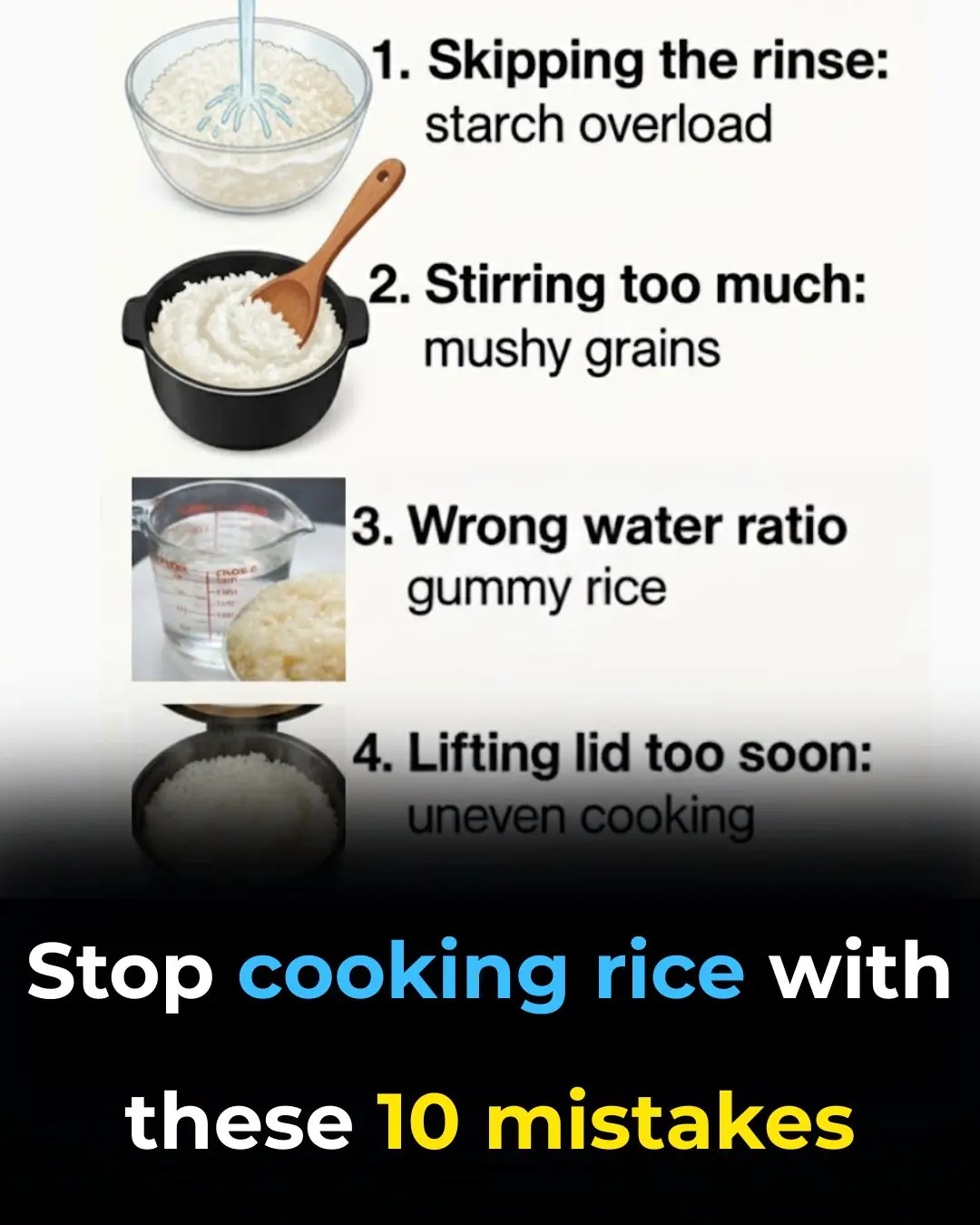
Stop cooking rice with these 10 mistakes

I didn't know

Stop cooking these 10 foods in aluminum foil

My nana taught me this hack to freshen carpets in 4 mins with 0 work. Here’s how it works
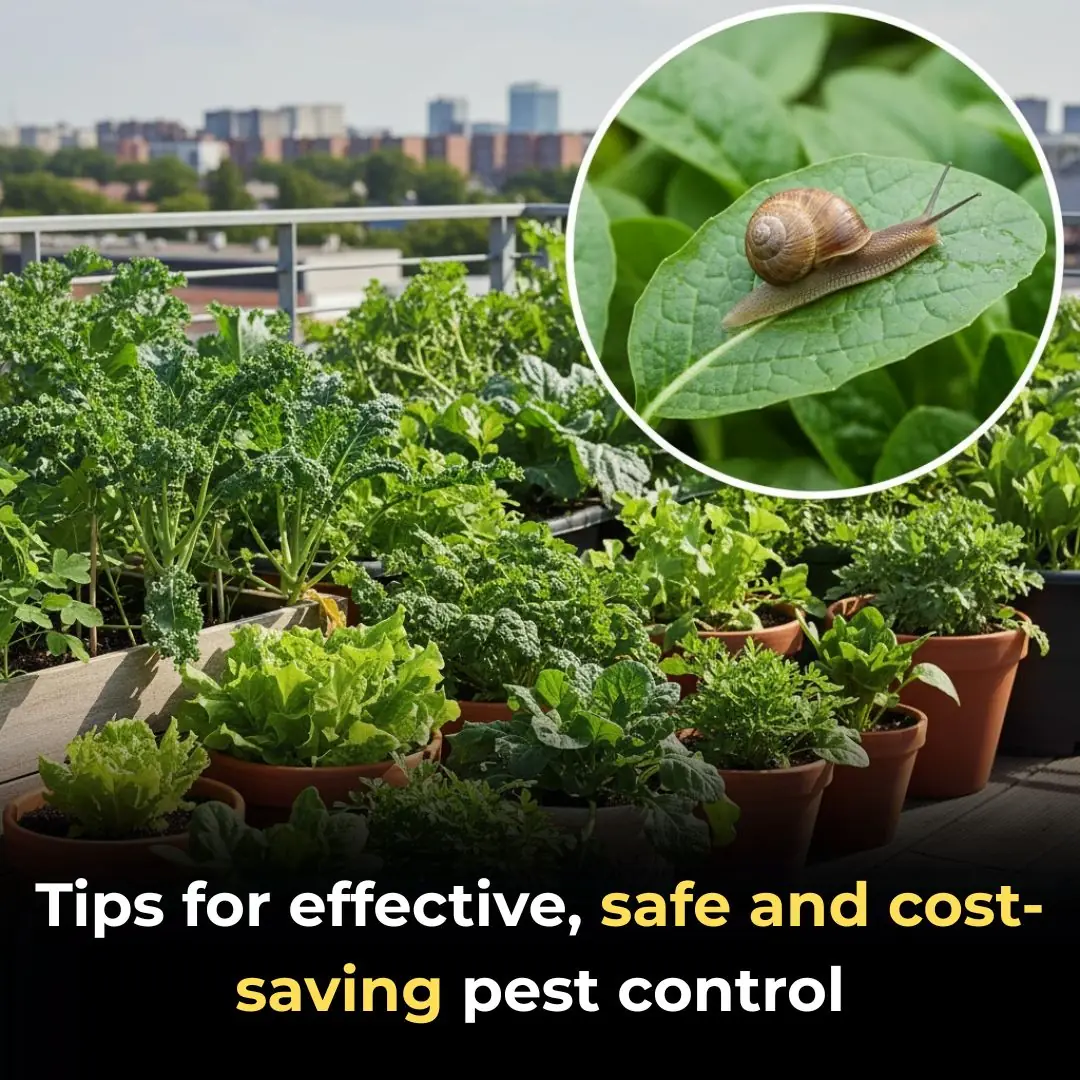
Tips for effective, safe and cost-saving pest control

Distinguish between clean bean sprouts and bean sprouts containing toxic chemicals with the following extremely simple tip.

How to make the Money Tree flower and have fresh shoots to attract fortune

How to make delicious beef stew at home extremely simple
News Post

Meet James West, The Black Man Who Invented The Electret Microphone

‘They Described a Man I Never Met’: Comedian Roy Wood Jr. Tells Shannon Sharpe He Learned To Love Watching How His Absent Dad Treated Another Family

This Brewery Is The Only Black-Owned Brewery In New York Brewing Its Beer On-Site

Joseph Deng Makes History as First Player From South Sudan to Sign a Professional MLB Contract

Meet The Specks, the Black Brother-Sister Duo Who Invented the Potato Chip

Meet Mr. & Mrs. Grady, Owners Of North Carolina’s Only Black-Owned Whole Hog Barbecue Smokehouse

Negro History Week: Here’s the True Story Behind Black History Month

Buckingham Palace statement in full as King Charles removes Prince Andrew’s title

Has the Bermuda Triangle Mystery Finally Been Solved

Put the entire roll of toilet paper in the refrigerator

4 Types of Shoulder Pain That May Signal Dangerous Cancer — Don’t Mistake Them for Simple Joint Problems
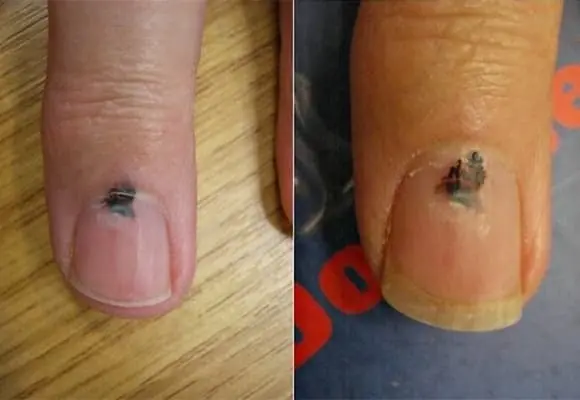
6 Body Parts That Turn Black May Signal Cancer — Don’t Ignore Them

Serrated Leaf Motherwort: A Precious Herb with Many Benefits

Banana flowers and their little-known uses

Eat these 5 fruits to avoid magnesium deficiency, keep your heart healthy and your bones strong.
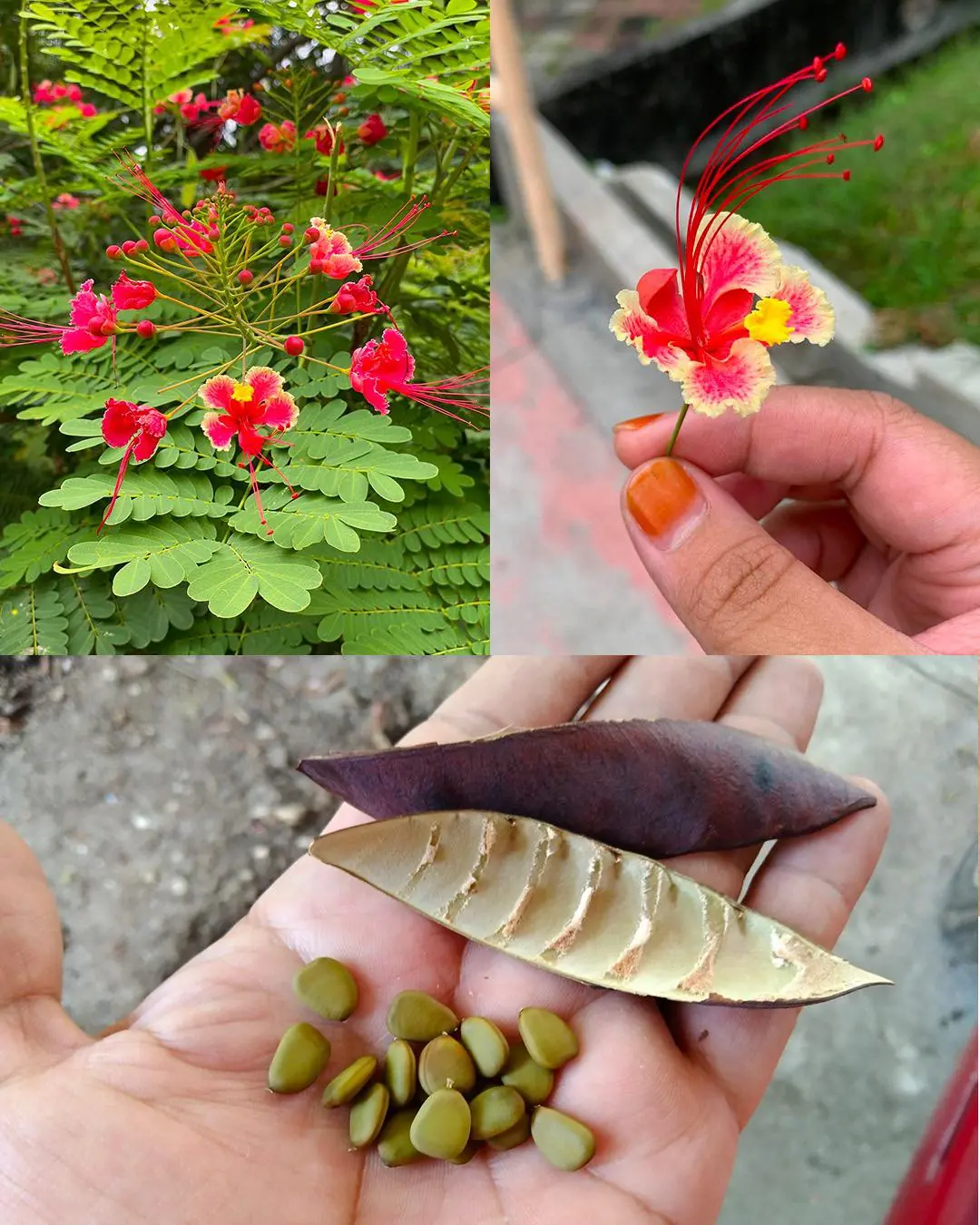
The Amazing Power of Caesalpinia pulcherrima (Peacock Flower)
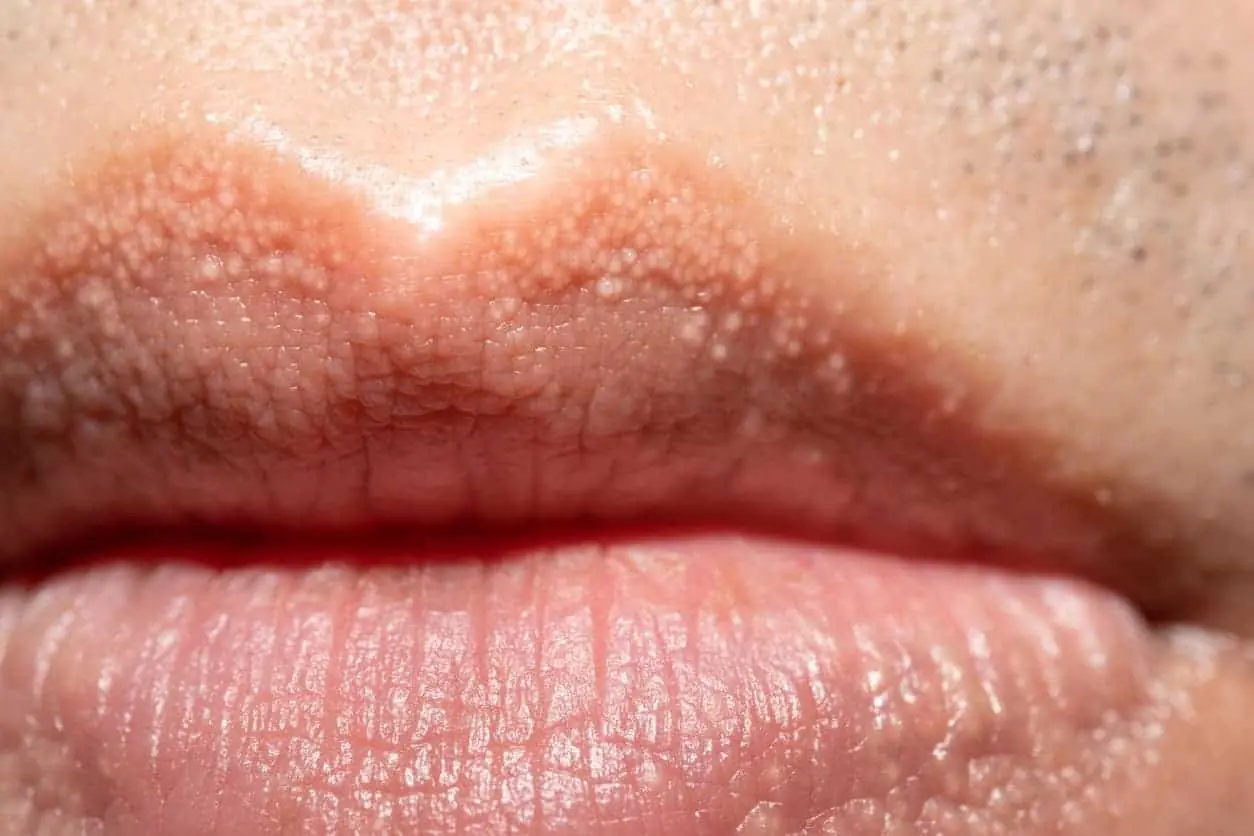
White Bumps or Spots on Lips: Causes and Effective Treatments

Corn Silk: 30 Health Benefits and How to Use It
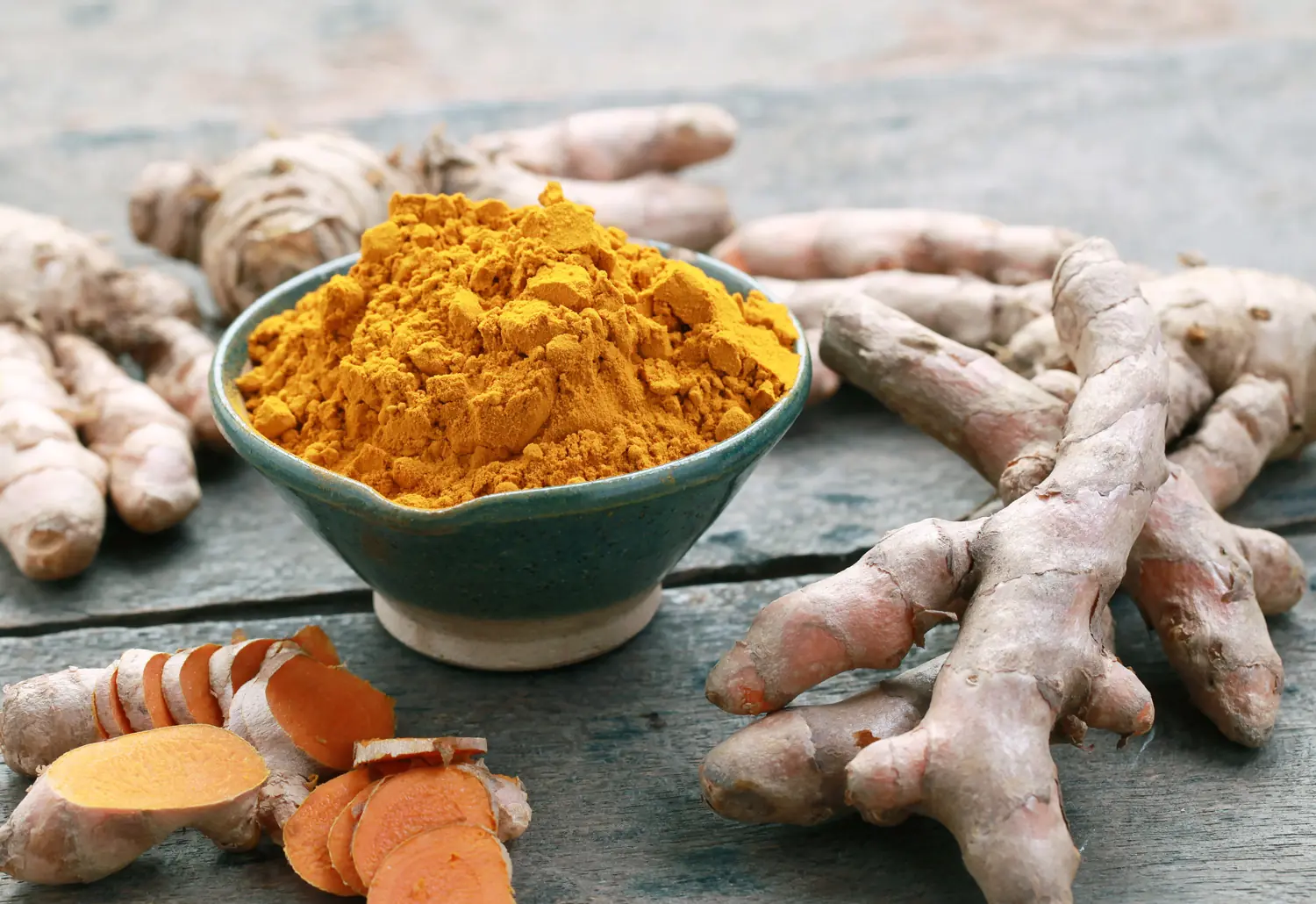
Turmeric Dosage: How Much You Actually Need for Arthritis, Cancer, and Other Diseases
